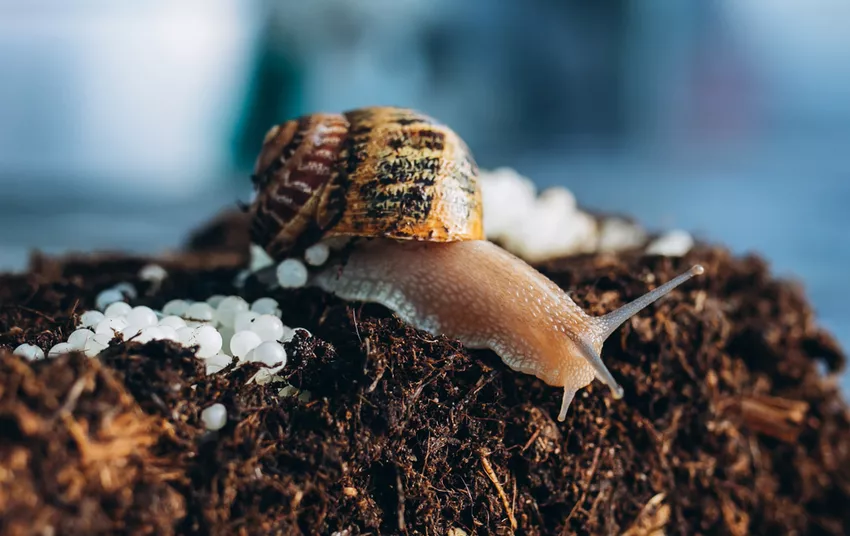Breeding mystery snails, also known as apple snails, can be a rewarding experience for both novice and experienced aquarists. These fascinating creatures are not only beautiful additions to any aquarium but also serve as excellent tank cleaners. This guide will walk you through the essential tips and techniques on how to breed mystery snails successfully.
Understanding Mystery Snails
Basic Characteristics
Mystery snails come in various colors, including blue, gold, and ivory, making them a popular choice among aquarium enthusiasts. They are generally peaceful and can coexist with a variety of tank mates, provided they are not aggressive.
Habitat Requirements
To create an ideal breeding environment, ensure your aquarium has plenty of plants and hiding spots. Mystery snails thrive in tanks with a pH level between 7.0 and 8.0 and a temperature range of 68-82°F (20-28°C). Clean, well-oxygenated water is crucial for their health and breeding success.
How to Breed Mystery Snails

Preparing the Breeding Tank
To increase your chances of successful breeding, set up a separate breeding tank. This tank should mimic the conditions of your main tank but be free from predators that might eat the eggs or baby snails. Include plenty of calcium sources, such as cuttlebone or crushed eggshells, to support shell development.
Gender Identification
Mystery snails are gonochoristic, meaning they have distinct male and female individuals. Identifying the gender can be challenging, but generally, females are larger and rounder, while males are slightly smaller and leaner. Observing their behavior can also provide clues, as males tend to be more active in seeking mates.
Mating Process
Once you have a mixed-gender group in the breeding tank, the snails will start mating. The male mounts the female from behind and deposits sperm. This process can take several hours and may occur multiple times before the female lays eggs.
Egg Laying and Hatching

Egg Laying
Female mystery snails lay their eggs above the waterline, typically on the tank lid or walls. The egg clutches are gelatinous and pinkish, containing dozens to hundreds of eggs. Ensure the eggs remain moist but not submerged in water.
Incubation and Hatching
The incubation period for mystery snail eggs is around 2-4 weeks, depending on temperature and humidity. As the eggs develop, they will darken, and tiny snails will become visible inside. Once ready, the baby snails will hatch and drop into the water, where they will begin their life in the tank.
Caring for Baby Snails
Initial Care
Baby mystery snails are tiny and vulnerable. Provide plenty of hiding spots and ensure the tank is free from aggressive tank mates. Feeding them high-calcium foods, such as crushed algae wafers and blanched vegetables, will support their growth and shell development.
Growth and Development
Mystery snails grow rapidly if provided with the right conditions. Regular water changes and a balanced diet will help them reach maturity in a few months. Keep an eye on their shells for any signs of damage or deformities, and adjust their diet and environment as needed.
Understanding Apple Snail Size and Growth Patterns

Apple snails, including mystery snails, can grow up to 3 inches in diameter. Their growth rate depends on various factors, including diet, water quality, and tank size. Providing a spacious tank and a nutrient-rich diet will ensure healthy growth and vibrant colors.
Common Breeding Challenges
Infertility Issues
Not all egg clutches are fertile. If you notice no hatching after several weeks, the eggs may be infertile. This could be due to the absence of a male, poor water conditions, or health issues in the snails.
Predation and Survival Rates
If breeding in a community tank, be aware that other fish or snails might eat the eggs or baby snails. Providing a separate breeding tank or using protective barriers can increase survival rates.
Shell Health
Ensuring adequate calcium intake is essential for shell health. Soft or deformed shells indicate a calcium deficiency, which can be remedied by adding calcium-rich foods and supplements to their diet.
Conclusion
Breeding mystery snails can be a fulfilling endeavor that adds an extra layer of interest to your aquarium hobby. By understanding their needs and following the proper breeding techniques, you can successfully raise a new generation of these charming snails. With patience and care, you’ll witness the fascinating life cycle of mystery snails from mating to hatching and beyond.

